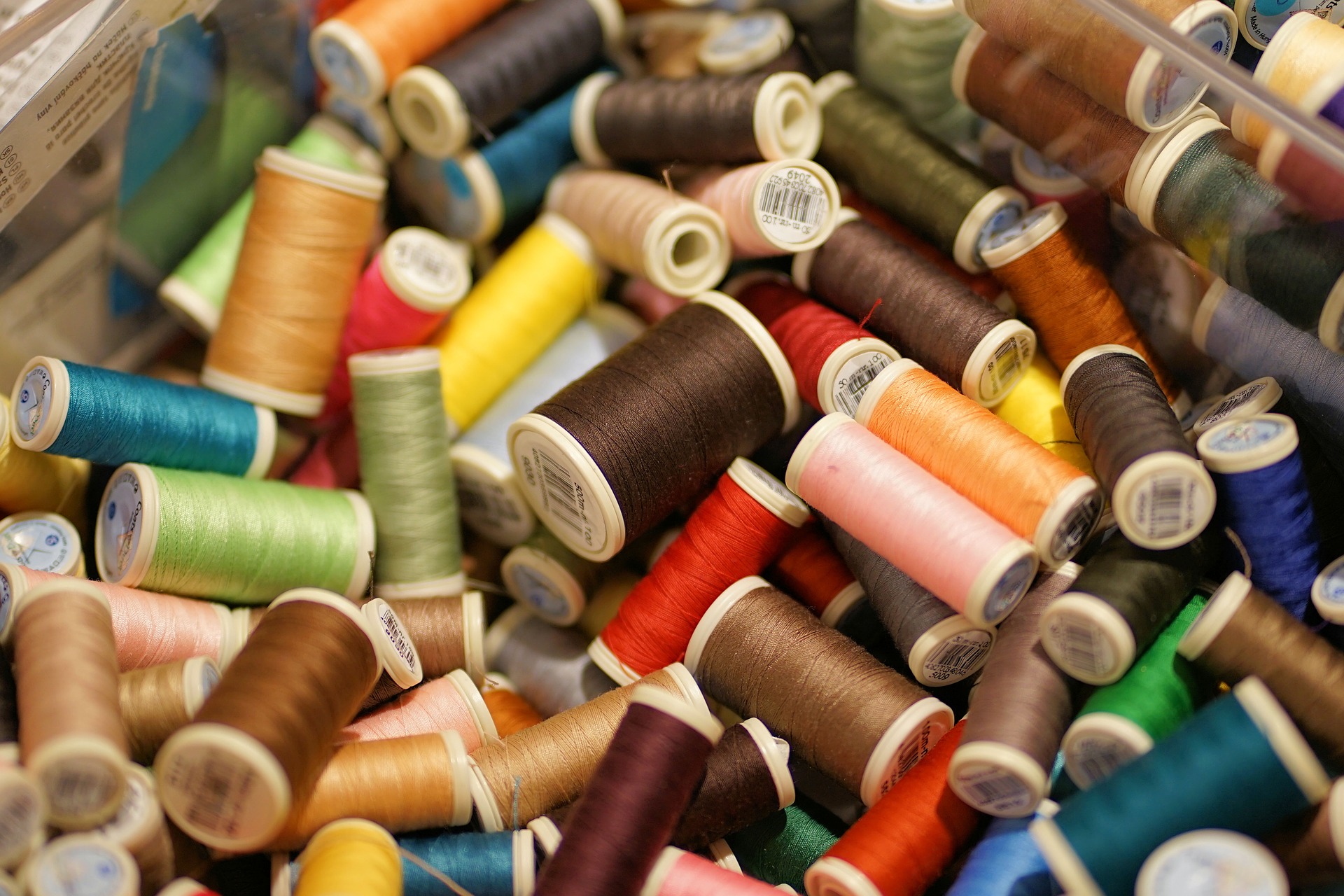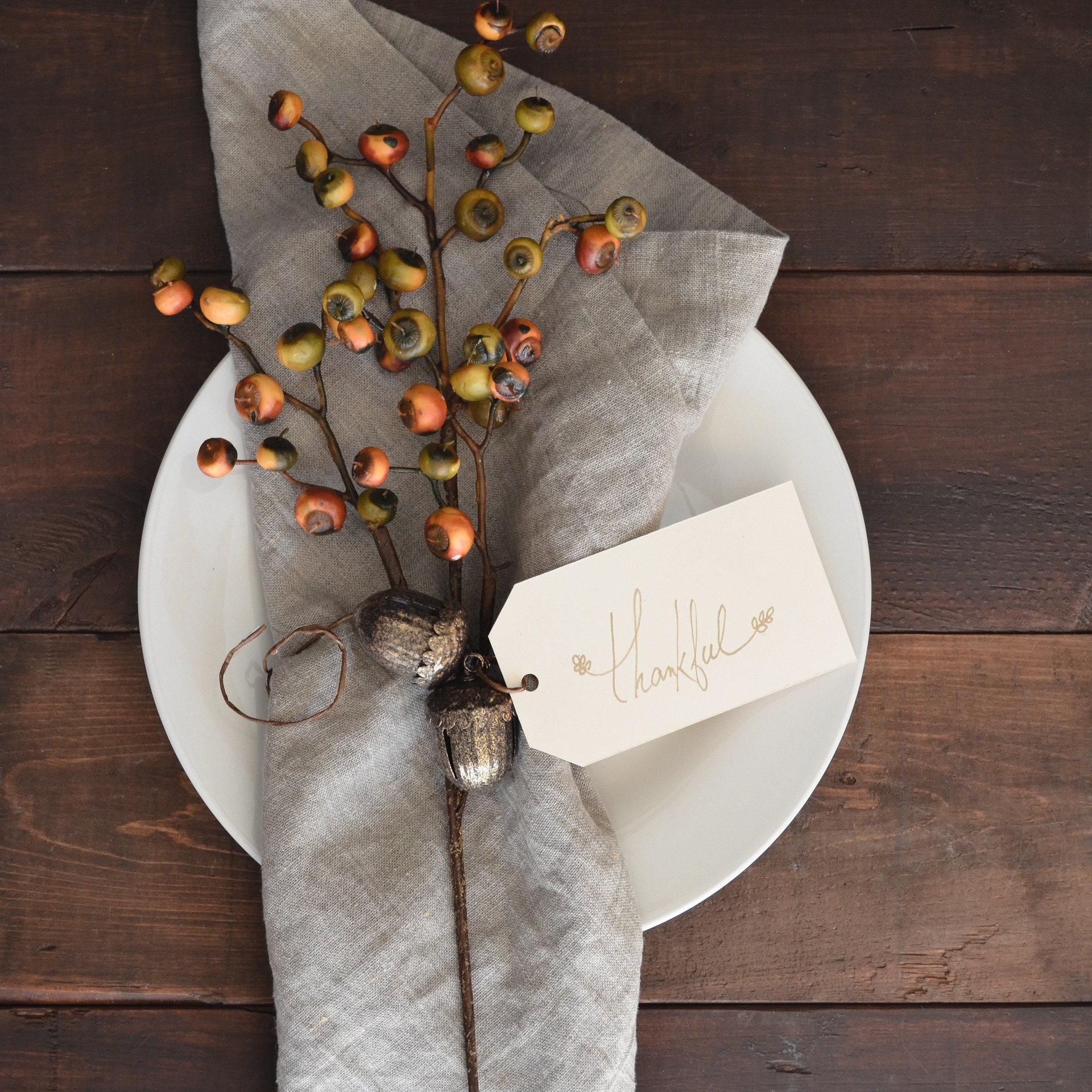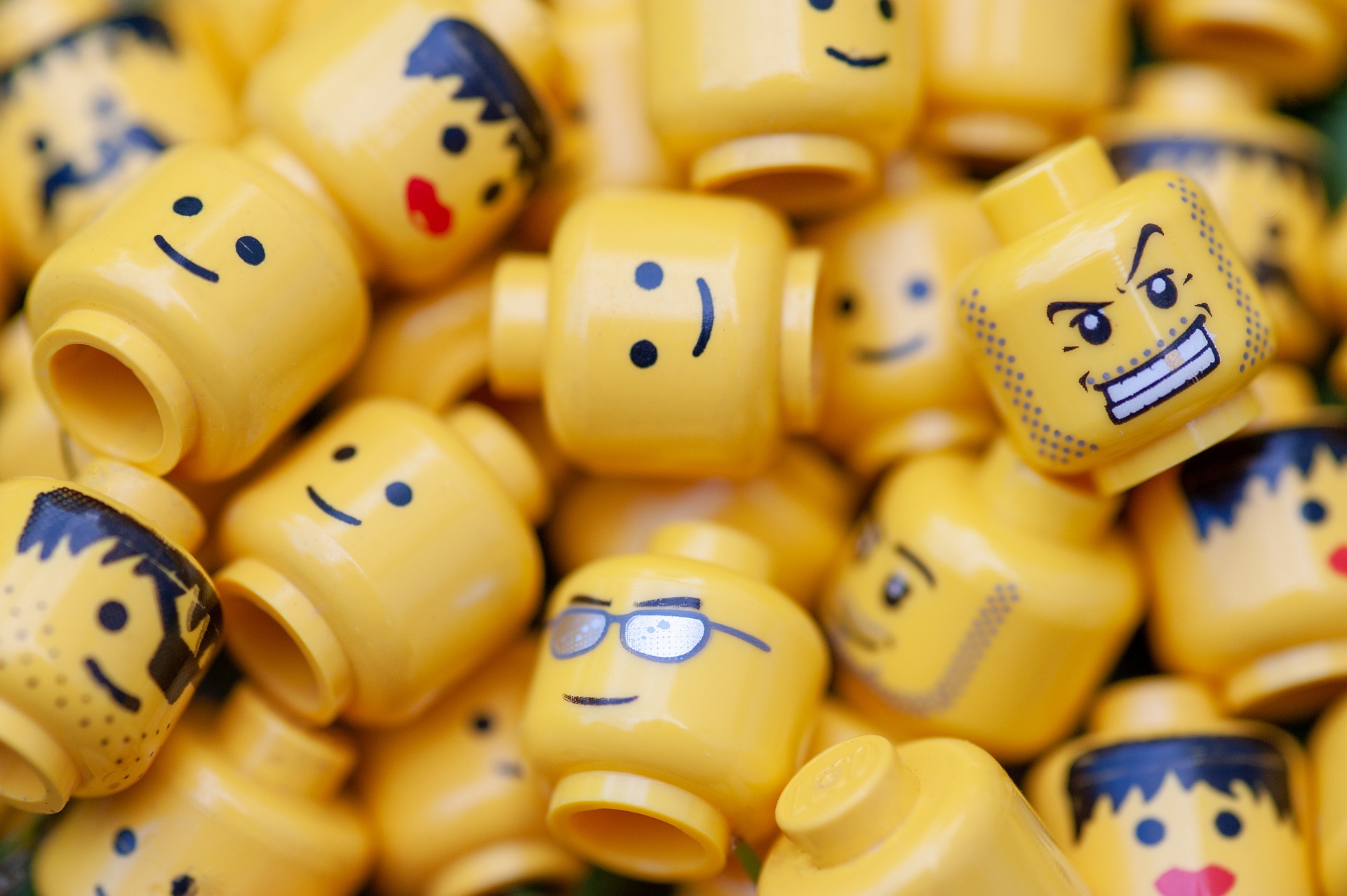The Apparel Industry.
According to the Natural Resources Defense Council, one of the biggest polluters on the planet is the apparel industry. Are you aware that it takes the equivalent of 700 gallons of water to produce a single cotton t-shirt? Or that there are 20,000 or so chemicals and dyes used to produce our clothing and fashion accessories, and that nearly 3 billion tons of soot are emitted into the air from textile factories in China alone?
NRDC is working with high profile designers like Stella McCartney, Anna Wintour and Diane von Furstenburg (along with major brands like H&M, the Gap and Target) to save water and energy and to cut chemical pollution as outlined in their “Clean By Design” program. Results in 2014 alone showed a 36% reduction in the use of water, a 22% reduction in energy use, and 400 tons less of chemicals entering our environment.
Fast Fashion Vs. Slow Fashion.
Ever wonder where your clothing comes from? As noted in the documentary “True Cost” not only does “fast” fashion deplete the earth’s resources but it’s able to pass on cheap clothing to consumers by leveraging slave labor. Since the tragedy years ago in Bangladesh where 2,200 garment workers were wounded and 1,100 died dozens of “slow” fashion brands are making it their mission to focus on sustainable and ethical practices that consider not only the planet but also ensuring fair wages and environmentally-safe working conditions for the people making our clothing.
Curious about who makes slow clothing? The Good Trade features a list of 35 manufacturers that boast ethical practices, and use recycled packaging and sustainable materials. Also, Good Trade offers links to both sustainable apparel options for men and for women.
The Second-Hand Or Recycled Wardrobe.
When we purchase clothing at second-hand stores we are practicing eco-friendly and sustainable shopping by helping to reclaim clothes that may otherwise end up in the landfill. And going retro is certainly popular (I wish I still had the clothes I wore in the 70s)! Here in Ann Arbor Michigan we have at least ten second-hand resale shops that I found on the internet by searching “Resale shops near me.” There are also resale shops with vintage furniture and home design accessories.
Another option? In October of this year Actress Maggie Q launched her line of recycled fabric clothing called Qeep when she joined the activewear business. For a list of manufacturers using recycled plastic in their fabrics (and there are many brand names listed), visit Repreve.
What About Shoes?
The same environmentally-hazardous conditions and sweatshop labor can be involved in shoemaking, as can the use of toxic chemicals. The PFAS family of chemicals are one such group used in shoe manufacturing. These chemicals are considered “forever chemicals” because they will not naturally degrade. This chemical has poisoned many of Michigan’s waters from a old shoe manufacturing facility owned by Wolverine World Wide on the west side of the state. It continues to migrate across the Michigan and is found in much of our drinking water.
The Good Trade has also compiled a list of 14 fair-trade shoe brands. But we may also want to consider vegan and cruelty shoes, as over 1 billion animals are used every year around the world to produce leather goods. Once again, The Good Trade found nine brands of shoes that were vegan and cruelty free, while still being comfortable and fashionable.
Teflon Clothing, Dyes And Other Chemicals.
If you are in need of new rain gear, listen up. According to Toxic-Free Future we want to avoid clothing made from vinyl, PVC, plastic, and PFCs or PFAS – commonly called “Teflon chemicals.” But add to the list clothing labeled “wrinkle-free,” “antimicrobial” or “stain-resistant,” as it took chemicals to make the fabric that way.
Microban is a registered trademark for the antimicrobial agent triclosan. Evidence shows that triclosan can disrupt the hormone balance in humans and cause reproductive and developmental problems (it also affects aquatic organisms). It can also be found in clothing under the other patented names Ultra-Fresh, Monolith, Batonix, Sanitized, and Amicor. Be sure and check the garmet labels, especially when purchasing socks and shoes.
Dyes are used to give fabric color but remain a growing problem in both wastewater pollution and in human exposure. These chemicals can be skin irritants and some are classified as probable human carcinogens.
Pretty & Shiny [But Toxic] Jewelry.
The Center for Environmental Health reports that some jewelry tested was nearly pure cadmium – a mineral which can cause reproductive harm or cancer with prolonged exposure. Cadmium can cause skin rashes and can accumulate in the body, damaging our bones and organs. But that’s just one chemical recently found in jewelry. Lead, chromium, mercury and arsenic were also found in over half of the 99 pieces of jewelry tested. Consider that children put necklaces and rings in their mouths – another route of exposure. You can learn more about the items taken from Claire’s, Forever 21, H&M and other retailers and study the issues with heavy metals in the body here.
Can’t thank The Good Trade enough for the work they also did in finding jewelry that is sourcing fair-mined materials while upholding traditional craft techniques and offsetting poverty through employment. Use their guide to determine sources for the safest jewelry.
By being a conscious consumer, the small actions you take can make a big difference.










